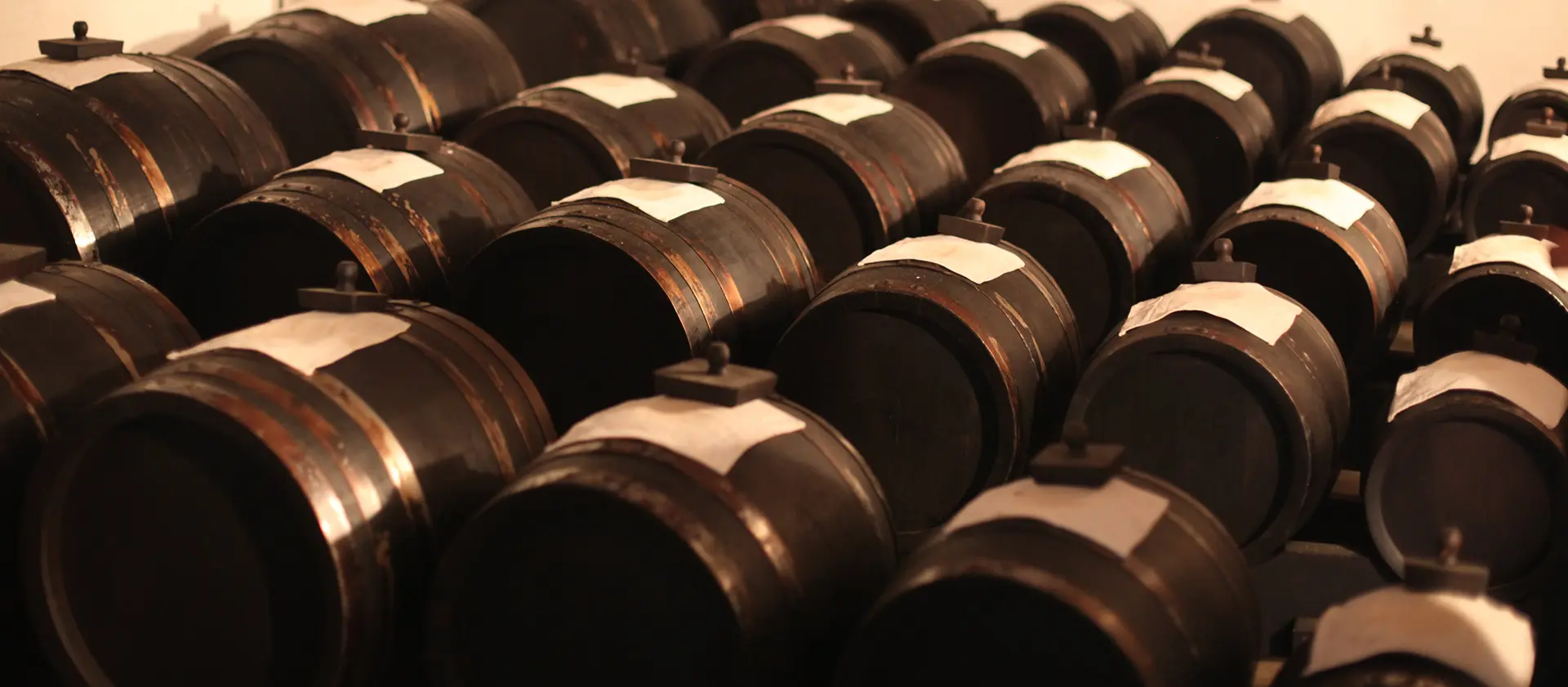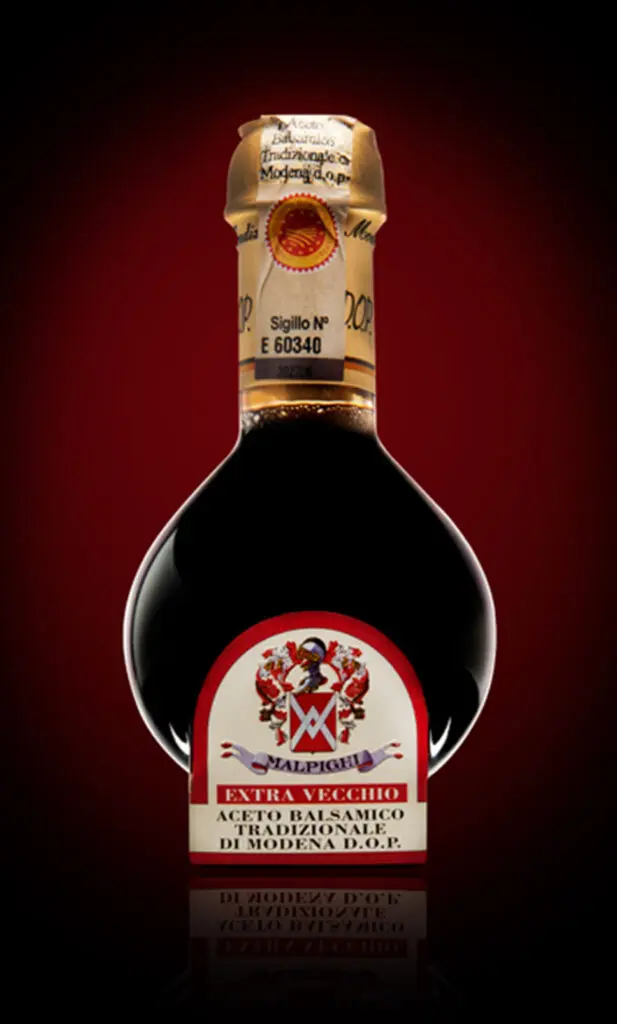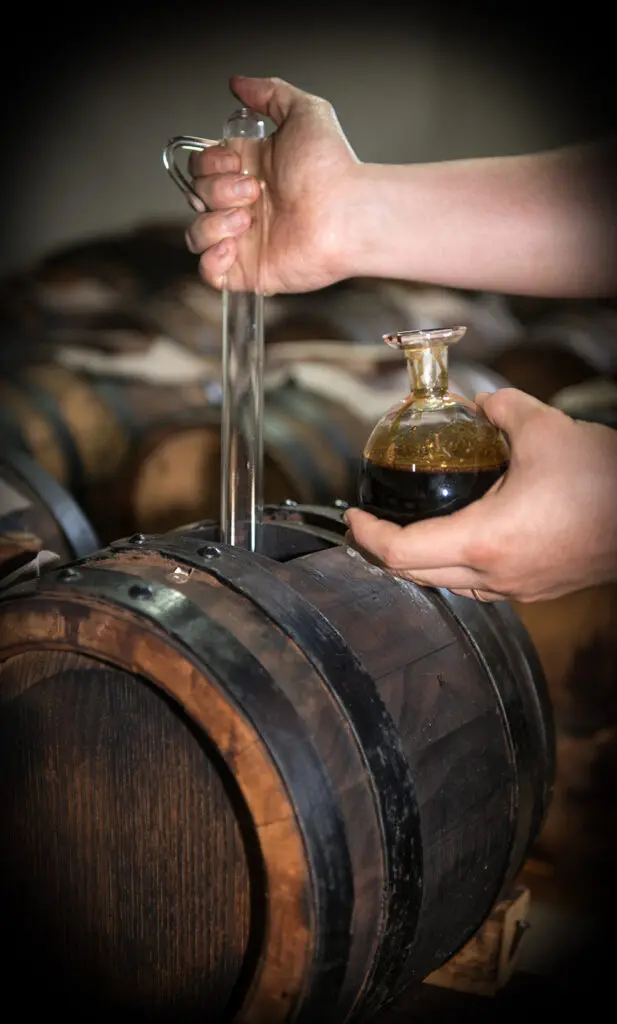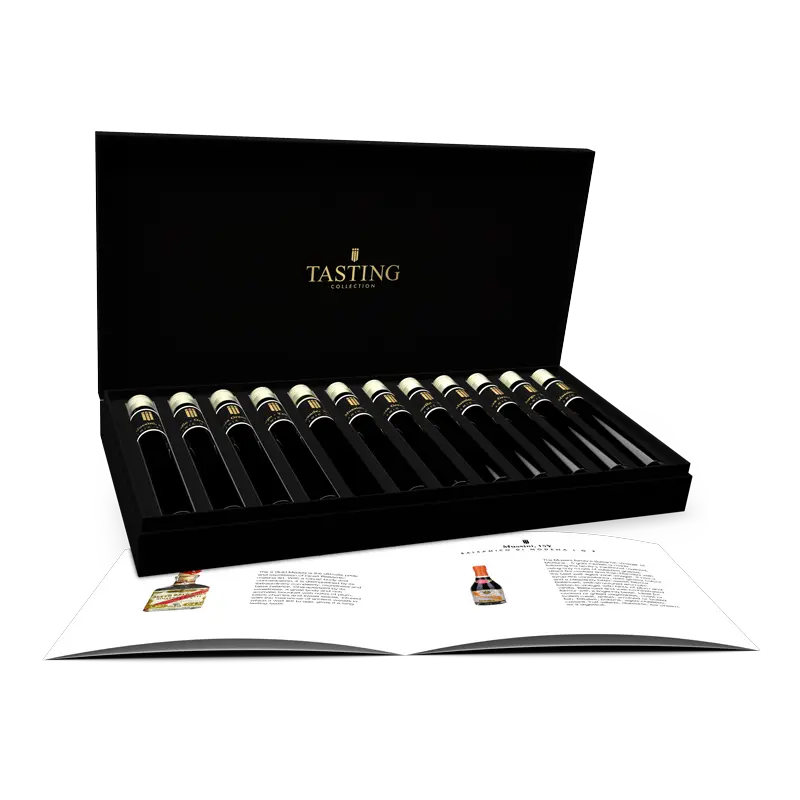
Balsamic, the black gold of ItalyBalsamic, the black gold of Italy
Aceto Balsamico, the black gold of Italy. Balsamic vinegar literally means “balsamic vinegar.
The different types of Balsamic
There are 3 types of Balsamic vinegar:
- 1. The real, traditional Balsamic vinegar
- 2. Thee balsamic dressing, balsamic sauce of cooked must sauce
- 3. A mostly industrial good that is really no more than a meager imitation
Aceto Balsamico Tradizionale
Aceto Balsamico, of course, is not called the ‘Black Gold’ of Italy for nothing. The truly traditional ‘Aceto Balsamico Tradizionale’ has been made since the Middle Ages in Modena and nearby Reggio Emilia in the Emilia-Romagna region of northern Italy. The names Aceto Balsamico Tradizionale di Modena and Aceto Balsamico Tradizionale di Reggio Emilia are protected names with both the Italian authority Denominazione di Origine Protetta (DOP) and the European Union’s Protected Designation of Origin.
The quality of the balsamic vinegar is checked by two so-called Consorzi. It is then transferred into a 100 ml bottle. The shape of the bottle is the same for each producer, as is the Consorzio’s legally protected seal of quality. The printing of the label, however, is at the producer’s discretion.
Regions of Balsamico
Within the regions of Modena and Reggio Emilia, depending on the aging time, the designation is differentiated.
Modena:
A cream-colored cap signifies an aging period of at least 12 years.
A high red cap signifies an aging time of at least 25 years and is given the additional designation “extravecchio” meaning extra old
Reggio Emilia:
A red label means an aging time of at least 12 years.
A silver label means an aging period of at least 18 years.
A gold label means an aging period of at least 25 years.


The production process
Aceto Balsamico D.O.P is produced exclusively in Modena or neighboring Reggio Emilia and is made from a reduction of the must of late-picked trebbiano grapes. Because they are picked late, the grapes are overripe and full of sugars. No herbs or other flavorings are added to Aceto Balsamico Tradizionale. Traditionally, the pressed grapes are heated over a gentle fire. 30% to 70% of the moisture is allowed to evaporate in the process. What remains is a thick syrup, also called concentrate. The remaining concentrate then undergoes years of process according to the so-called Solera system to intensify its flavor. To achieve this, the syrup is stored in wooden barrels. To increase the quality of flavor, balsamic is changed barrels regularly. As the balsamic ripens, it is stored in a smaller and smaller barrel. Depending on how far along the ripening process is, a barrel of a different type of wood is used. The type of wood in which the moisture is stored helps determine the final aroma. Typically, the aging process begins with barrels of mulberry wood. When the balsamic is halfway through the process, it is transferred to smaller chestnut or cherry wood barrels. The final part of the aging process is done in ash and oak barrels. Once a year, 10 to 15 liters of balsamic is tapped from the smallest barrel. This is replaced with balsamic from the barrel that is second smallest in size. In this way, barrel by barrel balsamic is siphoned off until one arrives at the largest barrel, which is replenished with freshly boiled syrup.
The barrels, unlike wine barrels, are not stored in cellars, but in attics. As a result, balsamic is continuously exposed to temperature changes during the aging process, creating the complex flavor. This entire process is a prerequisite for being designated Aceto Balsamico Tradizionale at all. The minimum aging time is 12 years, but can be as long as 25 years. The result is a vinegar with a very complex flavor.
Balsamic-derived products
De condimento balsamico, salsa balsamica or salsa di mosto cotto.
Because traditional balsamic vinegar is very expensive, alternatives have entered the market. First, derivative products. Often these products do contain some of the traditional Balsamic vinegar, or the process is similar. But often the grapes have matured for less than 12 years, come from a different region or the aceto is mixed with ordinary vinegar. So here goes: the quality of these products varies greatly among themselves.
The “regular” balsamic vinegar: Aceto Balsamico di Modena
Commercial Aceto Balsamico di Modena only needs to have aged for a minimum of 60 days and only 20% must. The rest may be ordinary wine vinegar. In addition, there may be flavor additives, such as caramel. Despite the name, the grapes need not come from Modena. Result: a watery, strongly sweet-sour balsamic, which is fine for in a salad dressing, but the real Balsamic vinegar is much more enjoyable. Even though the “Traditional” is the top, there are good, less expensive alternatives.
Leaving aside the tradizionale, which is without exception a top-notch product, it can be difficult to separate the wheat from the chaff.
Note the things below to differentiate a good Balsamic from a bad one.
Price can be a good indication, but it does not say everything.
The taste
A good balsamic vinegar does not taste too sour, but is mild in flavor; sweet and sour are well balanced.
Het mostpercentage
The higher the percentage, the better the quality. Is the percentage itself not listed? Then look at the order on the label. This is because the ingredients should be arranged according to the amount used. If it says wine vinegar first and then must, then you know there is relatively little must in it. The other way around is better.
The ripening time
The older the Balsamic, the more syrupy and therefore the more expensive. It is just not usually stated, but sometimes it is stated how much the product has aged.
Additions or not
As soon as there are additives in it, such as caramel, you know you are dealing with an industrial balsamic vinegar.

